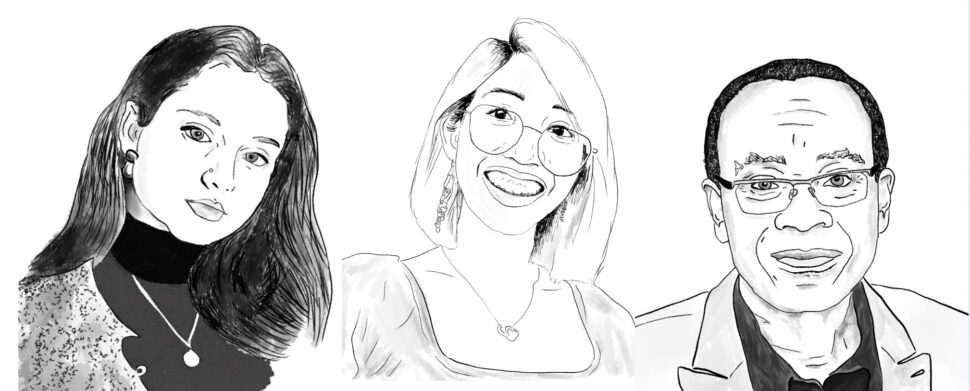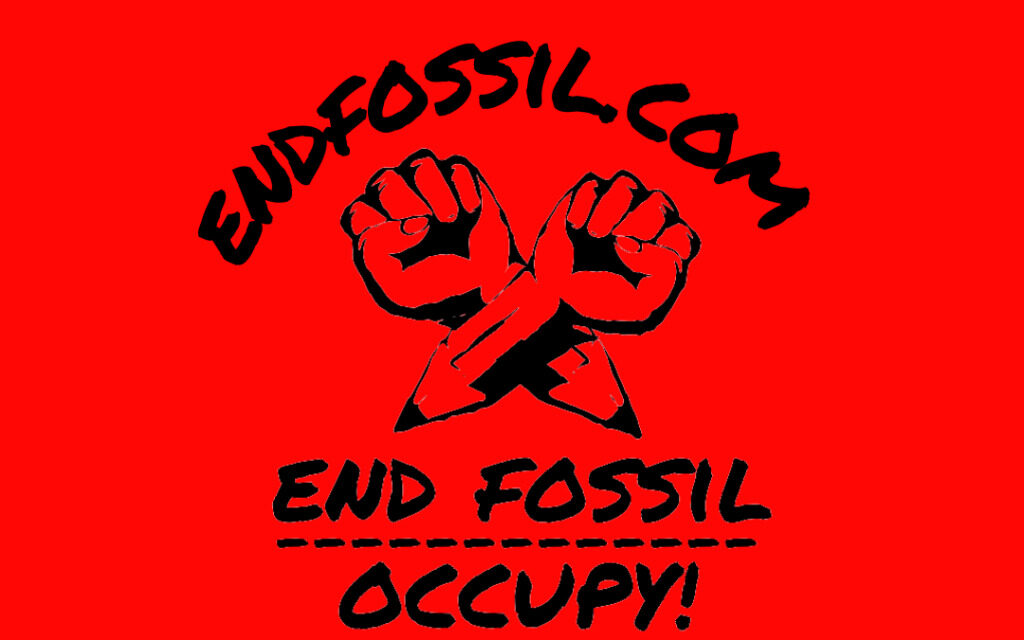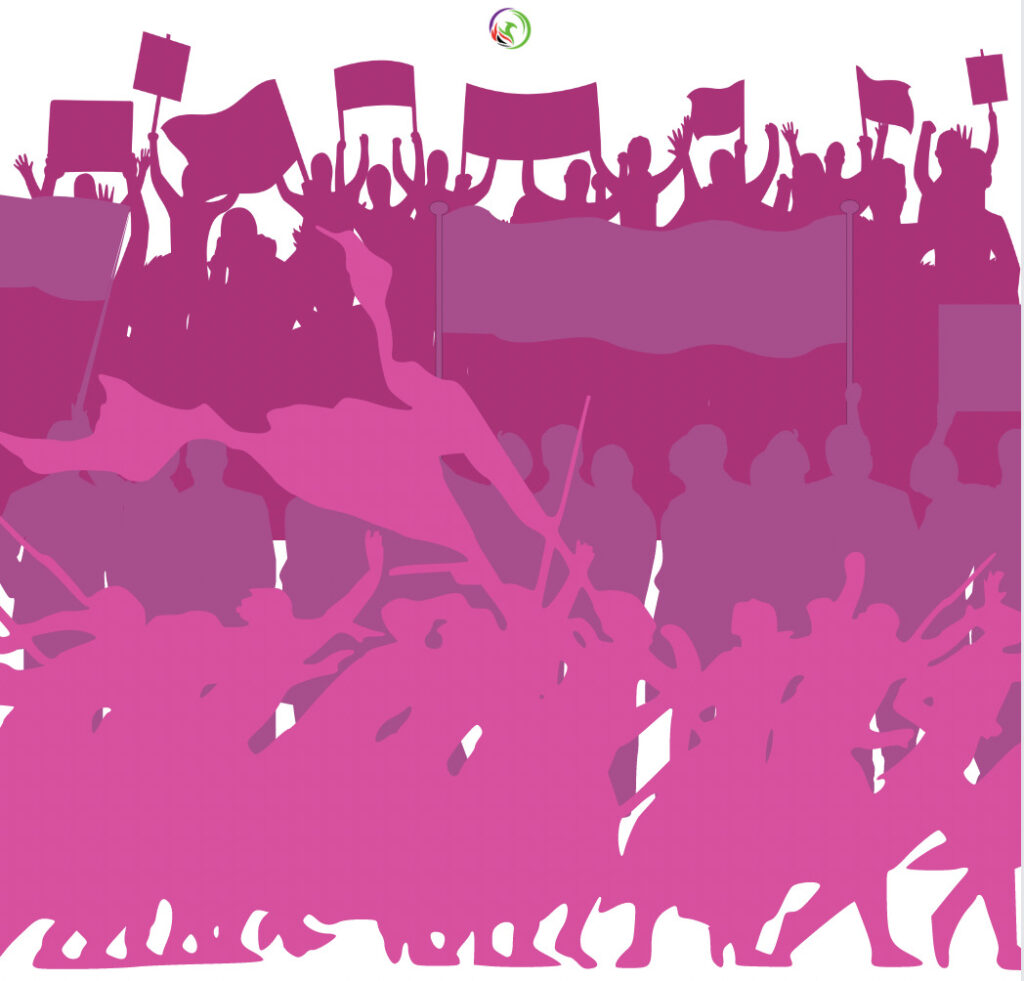
Solidarity: Pathway to the future
by Mitzi Tan, Bianca Castro and Nnimmo Bassey
In early 2019, a wave of strength shook the world: millions started taking to the streets to demand climate justice. The appearance of groups such as Extinction Rebellion and Fridays For Future globally resulted in a continuous mass youth movement, in which millions were galvanised into climate action. Looking at how everything happened so spontaneously, with this movement popping up in different places, it is clear how the youth was calling for change and how we all had the need to take it to the streets for collective action.

In September 2019, over six million people took to the streets to demand climate action and to put pressure on world leaders to act on the climate crisis, which resulted in decision-makers all over the world speaking about this “existential crisis”. The climate crisis hadn’t been spoken about at this scale until then: it was being discussed in countless panels and summits, but these were only words and none of that translated into the real urgent action desperately needed.
Were these mass mobilisations, these millions of youth taking to the street, these mass actions that started to happen more and more frequently, a peek of light into the huge transformation that we have to go through in the next decade, in the world?
The Covid-19 pandemic disrupted the gathering movement on the streets. Forces interested in controlling and maintaining the status quo used the opportunity of the pandemic to repress and suppress mass movements. But with the pandemic, the youths quickly adapted and shifted to digital places, and took up the unique opportunity in hands: suddenly, there were no physical borders, everyone could join each other’s actions, everyone could connect with one another no matter where they were from (with of course some limitations such as timezones, language, internet connection – but still a great move forward in connecting to each other). This is when the youths built real connections with each other and activists from the Global North, Global South and MAPA (Most Affected People and Areas) were having actual conversations with each other, and not just reading about each other on the news or on social media.
Through these conversations, the Fridays for Future movement became more aware and proactive in highlighting the voices of the most impacted and affected not just by the climate crisis but also by the health pandemic, sexism, racism, fascism, and neocolonialism, and how all these issues are intersectional. The connections became more real, and more personal, and it was clear that MAPA are the ones that should be amplified, listened to, and given space. Youths learned and adapted: and that’s the beauty of youth-led movements – the ability to adapt and learn from mistakes.

The youth movement is still learning, adapting, and growing. There has been a lot of growth already during the pandemic, and with that, growth pains come along. We’re now at a point that feels like the calm before the storm. Bubbles of change have been brewing and change is about to erupt. We still have a lot to learn, both from older movements and from the most marginalized communities. The youth movement is still learning, adapting, and growing. There has been a lot of growth already during the pandemic, and with that, growth pains come along. We’re now at a point that feels like the calm before the storm. Bubbles of change have been brewing and change is about to erupt. We still have a lot to learn, both from older movements and from the most marginalized communities.
It is clear to all that world leaders are still putting profit above the planet and people; above the present and above the future. Youths realize the intergenerational implications of the polycrisis that is wrecking the world. Youths press on, despite the disappointment of political leaders weakening the resilience of communities and nations through acts of ecocide and reckless militarism.
The struggle for true climate justice is a revolutionary endeavour to ensure a socio-ecological transformation of society upholding life at its centre, not profit; respecting the rights of the most vulnerable and of Nature.

The climate crisis is a result of the failure of capitalism and of a petroleum based civilization. Continuous insistence on current economic pathways will push the planet beyond the tipping point. The polycrisis is sustained and entrenched by greed and by anti-people political decisions. The youths are kicking because real change won’t come from compromised institutions. The aim must remain to reverse the global narrative from institutional impotence and build the social power that brings about lasting change. Change will come from the youths, from the people and from collective power built on solidarity. True leadership is on the streets, it is in the movement.
We’ve seen the power that the youth movement has when it connects and stands in solidarity with marginalized communities. The Stop Cambo campaign in the UK successfully put an end to the Cambo oil fields. The global Clean Up Standard Chartered campaign was able to push the UK based bank to change their coal policies.
And the youth won’t stop, we will keep fighting. We will keep filling the streets, we will keep disrupting normality. The Stop EACOP (East African Crude Oil Pipeline) has continued to grow and is gaining momentum.
Next September-October, we will come together once again, all around the globe, for Fridays For Future’s Global Climate Strike which we’re seeing will have a strong focus on debt cancellation and reparations from the Global North to the Global South for Loss and Damages and adaptation. Between September and December, the youth will also be occupying hundreds of schools and universities, as part of the campaign End Fossil Occupy. These are just a few examples of what’s next for the climate movement, as much more is to come.

There is a certain invincibility in the air when we look around and realise that we are surrounded by hundreds of thousands of people who, like us, want to build a different, better, just world. As the saying goes, “the people united can never be defeated.”
We cannot solve the climate crisis within the same system that created it. We need collective action and global unity. For that, we need to continuously fight against imperialism and colonialism
and recognize that these are the roots of the climate crisis. We need to continue learning, adapting, uniting and supporting not just the youth climate movement but with movements everywhere.
The task is big, but guided by principles of international solidarity and an understanding of the evils of the profit-oriented system that is rotting at its core, together we can birth a new way of living, build hope and overturn empires. Together, we can and must change the system.






